How Lon Do You Bathe a Chicken Before Cooking
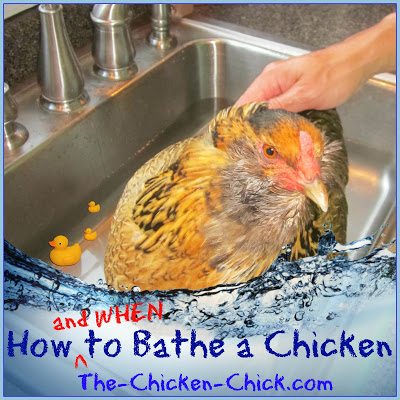
Chickens do not ordinarily need bathing, they maintain their personal hygiene by dust-bathing, which essentially involves rolling in dirt. At the end of a dust bath, the dirt is shaken off and the chicken proceeds to preen and groom its feathers back into place. But there are times when an especially filthy bird will need a bath. Bathing a chicken is a lot like bathing an infant or a dog- the most important thing is to prevent drowning while accomplishing the objective with reasonable speed and a minimum of crying.This article addresses the basics of bathing backyard chickens, not bathing show chickens in preparation for a show.

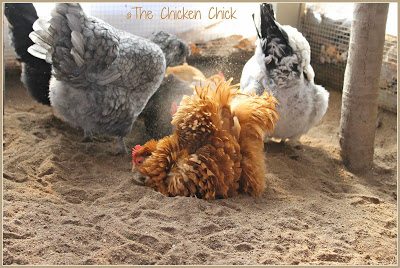
So, when might chickens need a bath? The most common predicament requiring a bath involves poop: either one bird poops on another from a higher roost or a chicken's vent feathers become soiled with droppings.
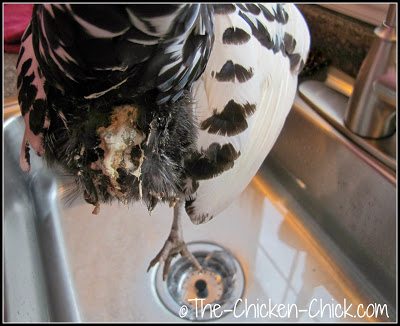
Less common reasons for bathing a chicken include:
- FLYSTRIKE Flies favor dark, moist locations for laying their eggs and while any area of the body can be affected, the vent area of a chicken is a fly favorite. After the fly eggs are laid on or in the skin, the larvae can hatch into maggots in less than 24 hours; the maggots then begin feeding on the skin, causing deep, painful sores that can become infected.

- When a bird is injured in order to assess their condition and clean their wounds
- Being sprayed by a skunk, which would require special de-skunking products
- When a bird is sick or confined due to quarantine, for example, and unable to maintain their own hygiene by dust bathing.
- When treating prolapsed vent, egg binding, and when a chicken is overheated and in danger of heat stroke, etc. (in the case of heat stroke, it's really more of a cool soak)
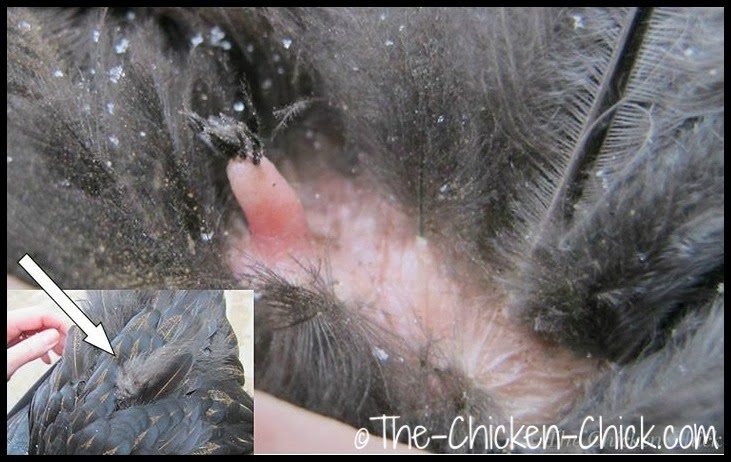
When I give my dog a bath, she gets the head-to-toe treatment, but chickens do not usually require the full spa treatment, they ordinarily can be spot-bathed. For example, if the vent feathers are soiled, I wash only the butt area. Why? Because chickens spend a great deal of time arranging and conditioning their feathers with oil from their uropygial gland and a bath can strip the feathers and skin of the benefits of those efforts.

A chicken's uropygial gland is located at the base of the tail. Chickens take oil from this gland with their beaks and distribute it meticulously and painstakingly onto their feathers.
BATH SUPPLIES
- A bathtub, sink or several large basins
- Several towels
- Rubber shelf liner
- Gloves
- Pet shampoo
- A large cup for rinsing
- A nail brush (if feet are implicated)
- Hair dryer (if bathing in cold weather)
- Bleach (for cleaning the tub/sink)
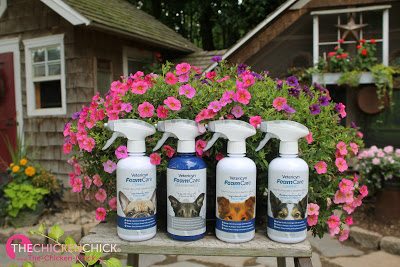
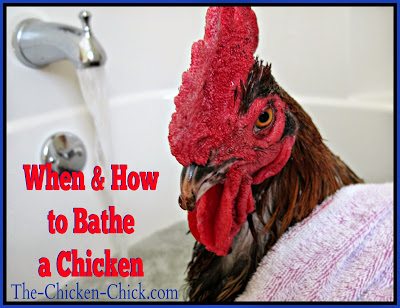
THE DOs & DON'Ts of BATHING A CHICKEN
DO
- Plan on getting wet. An apron may be in order. Better yet, wear a wet-suit.
- Keep several towels handy- one for yourself.
- Keep the water a comfortable, lukewarm temperature.
- Put rubber shelf liner or a towel on the bottom of the tub to avoid slips/injuries.
- Expect the chicken to flap and attempt escape at first.
- Hold onto the wings gently to discourage flapping and escape attempts.
- Keep the bird's head above water. Expect extreme relaxation before long; many chickens enjoy baths so much that they fall asleep.
- Consider rubber gloves if poop is involved.
- Remember to sanitize the tub when you're finished.
DON'T
- Don't leave them unattended.
- Don't use harsh (like Dawn) or vinegar, which can strip the oil from feathers, dry the skin and make feathers brittle.
- Don't pull dried poop off feathers- the skin can tear in the process.
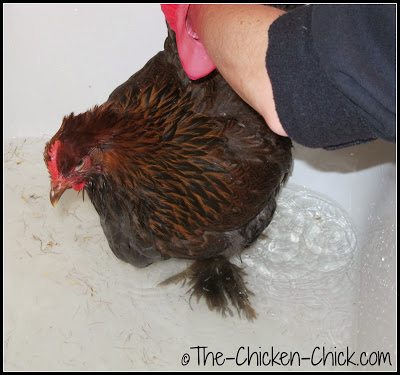
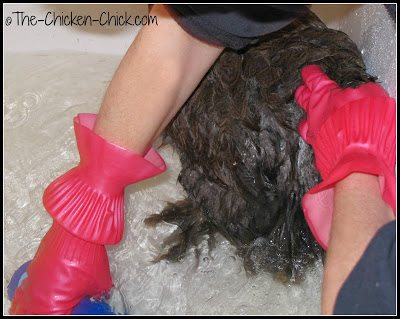
SCRUB-A-DUB-DUB
I like to bathe my chickens in bathtub or a sink with a sprayer nozzle, but two large basins will suffice- one for washing and one for rinsing. Add a strip of rubber shelf liner to the bottom of the tub to prevent slipping. Run lukewarm water into the tub.Bathing in water is not a natural or welcome activity for a chicken and therewill be flapping and resistance initially. Hold the bird securely with one hand on the wings at all times, then place the bird into the tub slowly.

If the bath is being given due to droppings or egg dried onto feathers, allow the bird to soak for a while before attempting to clean the feathers. Using a sprayer nozzle or cup, soak the dirty areas well. Apply a small amount of shampoo to the feathers/skin and work into feathers. Gently coax loose any stuck-on nastiness from the feathers in between fingers without pulling.
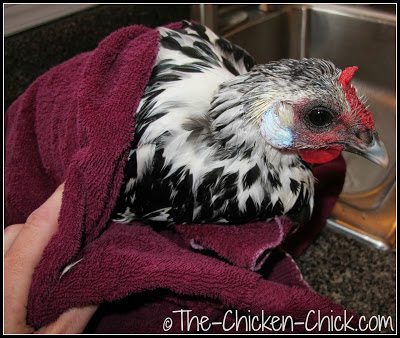
Rinse well with clear water. Gently squeeze excess water from feathers and wrap bird securely in a large towel.
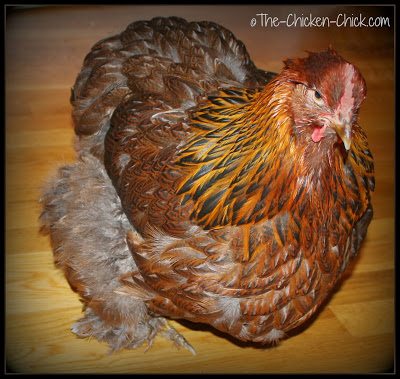
If the weather is very warm, the chicken can air dry, otherwise, dry the bird with a hair dryer on low heat. Most birds love it!
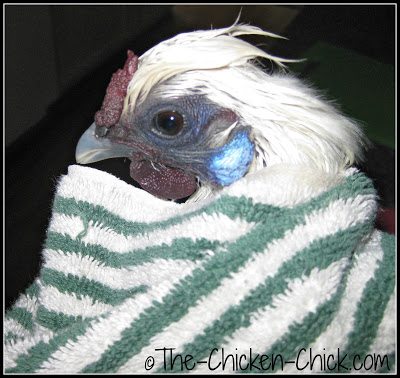
This is Freida, my Silkie hen who needed a bath after someone pooped on her back in the dead of winter.
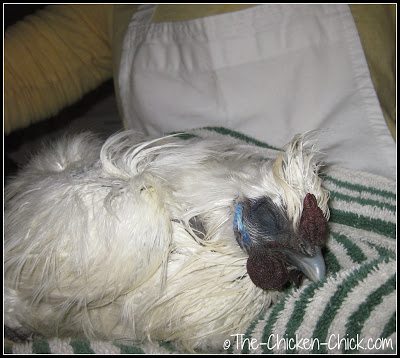
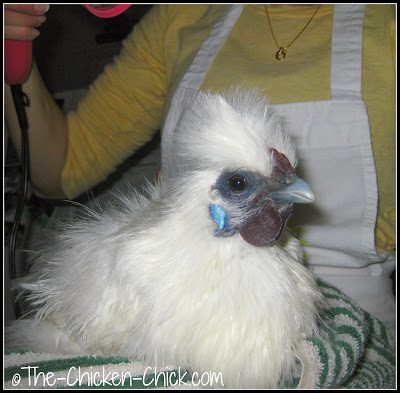
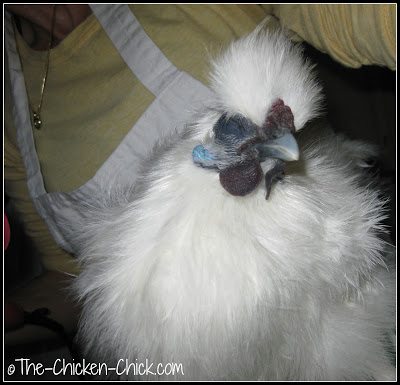
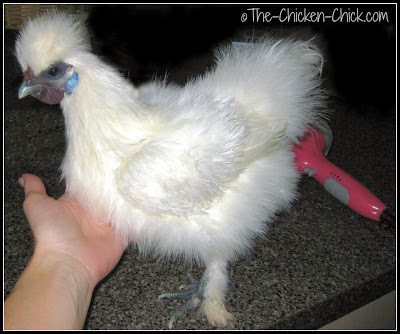
Freida maintained her own feathers by dust bathing in sand and mulch. She only required two or 3 partial baths in her 7 years of life. RIP Freida.
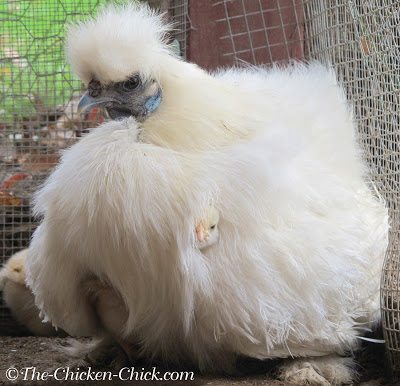


You May Also Like
How Lon Do You Bathe a Chicken Before Cooking
Source: https://the-chicken-chick.com/how-to-give-chicken-bath/
0 Response to "How Lon Do You Bathe a Chicken Before Cooking"
Post a Comment